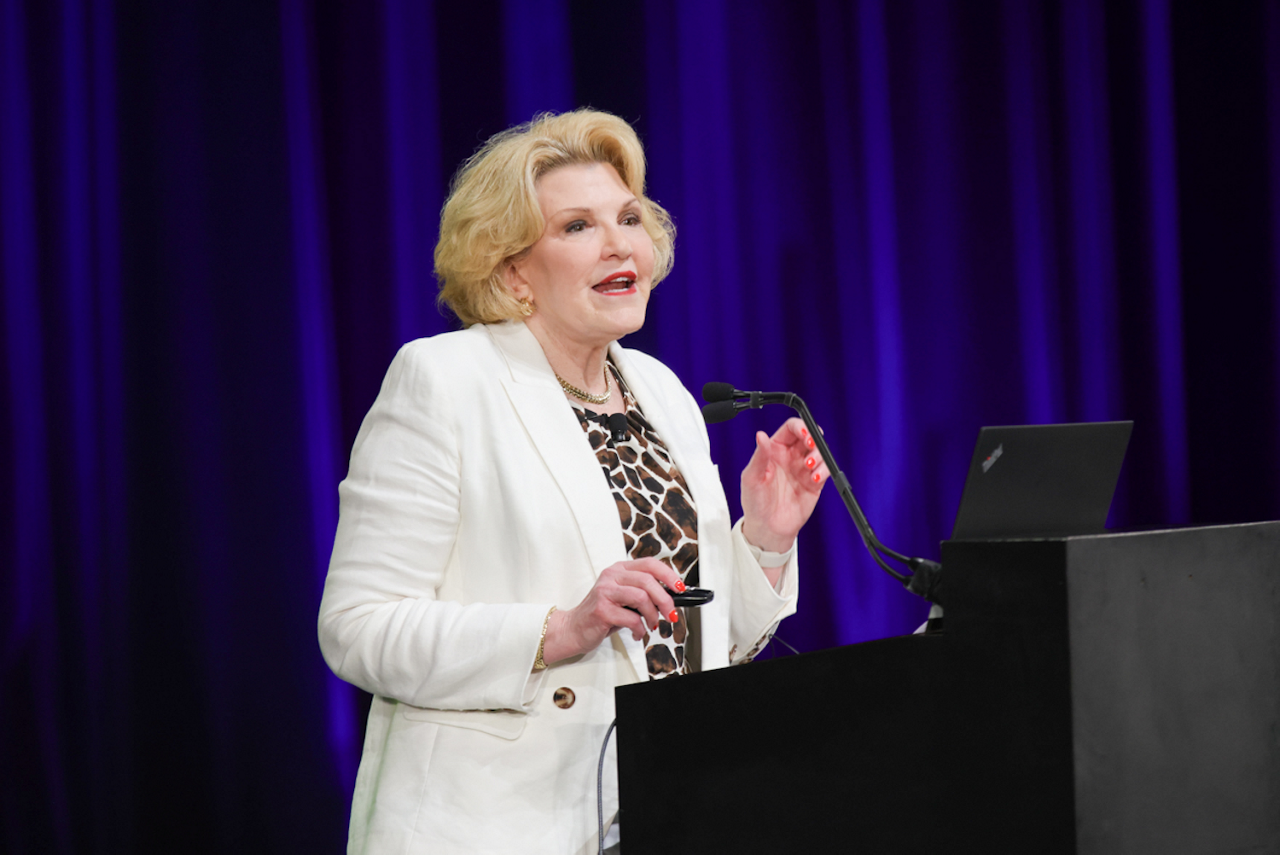President Donald Trump has fired two Democratic commissioners at the U.S. Equal Employment Opportunity Commission (EEOC), as well as a Democratic member of the National Labor Relations Board (NLRB). He also fired NLRB General Counsel Jennifer Abruzzo.
The removed Democratic EEOC commissioners—Jocelyn Samuels and Charlotte Burrows—said they would explore their legal options to challenge their removal, NPR reported. Gwynne Wilcox, the removed Democratic NLRB member, also said she would sue.
The NLRB now is without a quorum to decide cases, as is the EEOC, according to NPR and The New York Times. Meanwhile, the EEOC has taken down some guidance on its website that was issued during the Biden administration, including guidance on when monitoring wearables—digital devices, such as smartwatches, that are worn on the body and have embedded sensors that track things such as bodily movements, biometric data, or location— may violate nondiscrimination laws.
The guidance removal and other actions signal a shift at the board tasked with adjudicating discriminatory practices. Andrea Lucas, the EEOC’s acting chair, laid out the body’s priorities after the president’s DEI orders last week.
“Consistent with the president’s executive orders and priorities, my priorities will include rooting out illegal DEI-motivated race and sex discrimination; protecting American workers from anti-American national origin discrimination; defending the biological and binary reality of sex and related rights, including women’s rights to single-sex spaces at work; protecting workers from religious bias and harassment, including antisemitism; and remedying other areas of recent underenforcement,” Lucas said in a statement.
Experts are waiting to see whether the revamped boards reverse some key rulings made during the Biden administration.
NLRB’s Ban on Mandatory ‘Captive-Audience’ Meetings
The NLRB ruled in November that mandatory employer meetings about companies’ positions on unions violated the National Labor Relations Act (NLRA). Marvin Kaplan, the sole Republican on the board and now the chairman, dissented, calling the ruling contrary to the NLRA and unconstitutional.
Courts will likely be critical of the NLRB’s doctrinal shift, said Rob Boonin, an attorney with Dykema in Ann Arbor, Mich. “The ruling should be vulnerable to a reversal on both statutory and constitutional grounds,” he told SHRM after the ruling. “Employees attend meetings all the time, and there’s no reason that meetings on unions should be treated differently so long as no threats are made during the meetings. Now the NLRB may be less likely to enforce the ruling either.”
Stericycle Enforced?
Also in question is how long the NLRB’s 2023 ruling in Stericycle will survive. In that case, an administrative law judge found that the employer violated the NLRA by maintaining certain rules for its employees that addressed personal conduct, conflicts of interest, and confidentiality of harassment complaints.
As a result of that ruling, the NLRB announced a new standard for whether work rules violate the NLRA. Under that standard, if an employee could reasonably interpret the work rule to have a coercive meaning, the NLRB general counsel would have met their burden to prove that the rule has a reasonable tendency to chill employees from exercising their NLRA rights.
Employers’ civility standards were put under the magnifying glass due to Stericycle. Kaplan dissented on the new standard derived from Stericycle, and its days may be numbered.
Quicker Union Elections
Another NLRB decision during the Biden administration that affected employers required quicker union elections. The new rule required union elections to be held at “the earliest date practicable” and eliminated a 20-day waiting period set in a 2019 rule. Abruzzo wrote a memo saying disputes over eligibility to vote in a union election do not need to be litigated or resolved prior to an election. Under the new rule, pre-election hearings are scheduled to start eight calendar days after the union petition filing with the NLRB. That is 10 calendar days sooner than under the NLRB’s previous election rule. This rule still applies.
An organization run by AI is not a futuristic concept. Such technology is already a part of many workplaces and will continue to shape the labor market and HR. Here's how employers and employees can successfully manage generative AI and other AI-powered systems.




